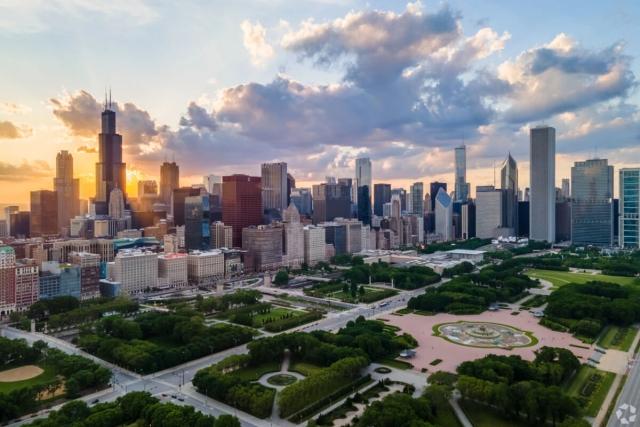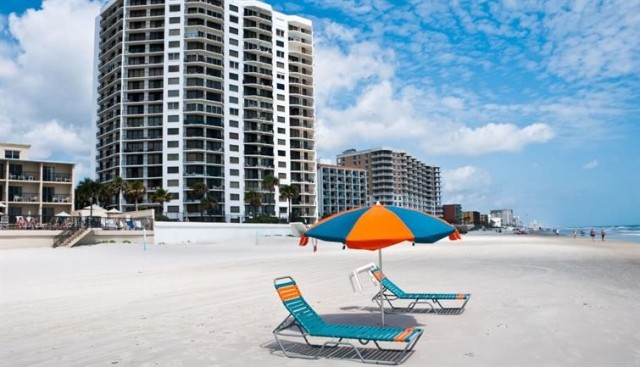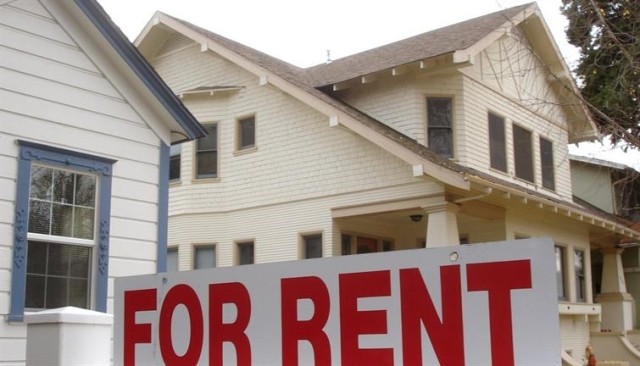What’s It Like to Live in Chicago?
Chicago, Illinois, is a big city right in the middle of the country. With great food, a diverse population, and a huge film industry, Chicago is the NYC of the Midwest. Whether you call it Chi-town, the Windy City, or just Chicago, you’ll love calling this city home as well.
Facts to Know About Chicago
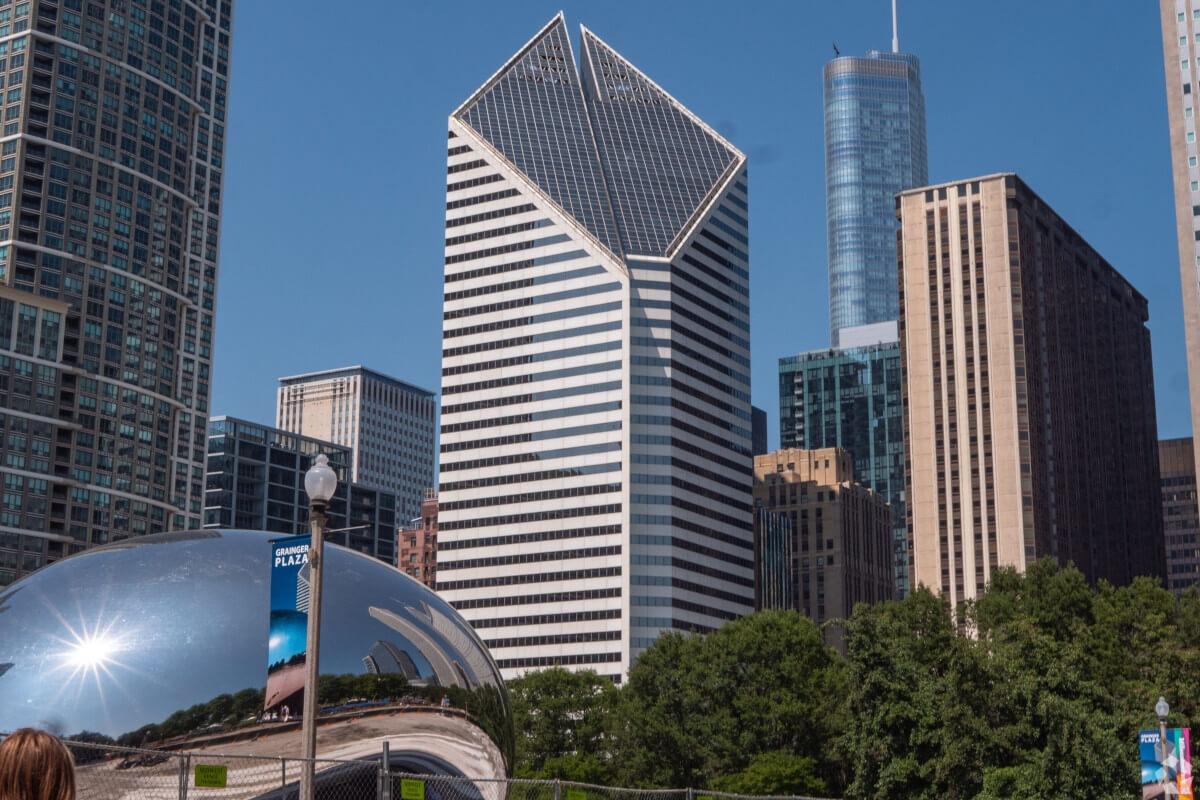
Chicago became a state in 1818 and has been an industrial, cultural, and transportation center over the past 200 years. Immigration, the construction of the Transcontinental Railroad, and the 1893 World’s Fair were three major events that solidified Chicago’s cultural significance in the U.S.
- Population: About 2.7 million residents, according to the 2020 U.S. Census. It is the third most populous city in the U.S., behind New York City and Los Angeles.
- Special landmarks: Cloud Gate (The Bean) at Millennium Park, Wrigley Field, Chicago Riverwalk, Navy Pier, Clarence F. Buckingham Memorial Fountain.
- Historic implications: In the 19th century, immigrants from all over Europe fueled most of Chicago’s population and economic growth. The construction of the Transcontinental Railroad made Chicago a transportation hub due to its location in the center of the country, and the 1893 World’s Fair drew millions of visitors to Chicago.
- Universities: The University of Illinois Chicago, University of Chicago, and Loyola University Chicago are three notable colleges in Chicago. Northwestern University’s main campus is next door in Evanston, but a campus in the heart of Chicago makes it more accessible to Chicagoans.
The Pros and Cons of Living in Chicago, Illinois
Pro: Great food scene
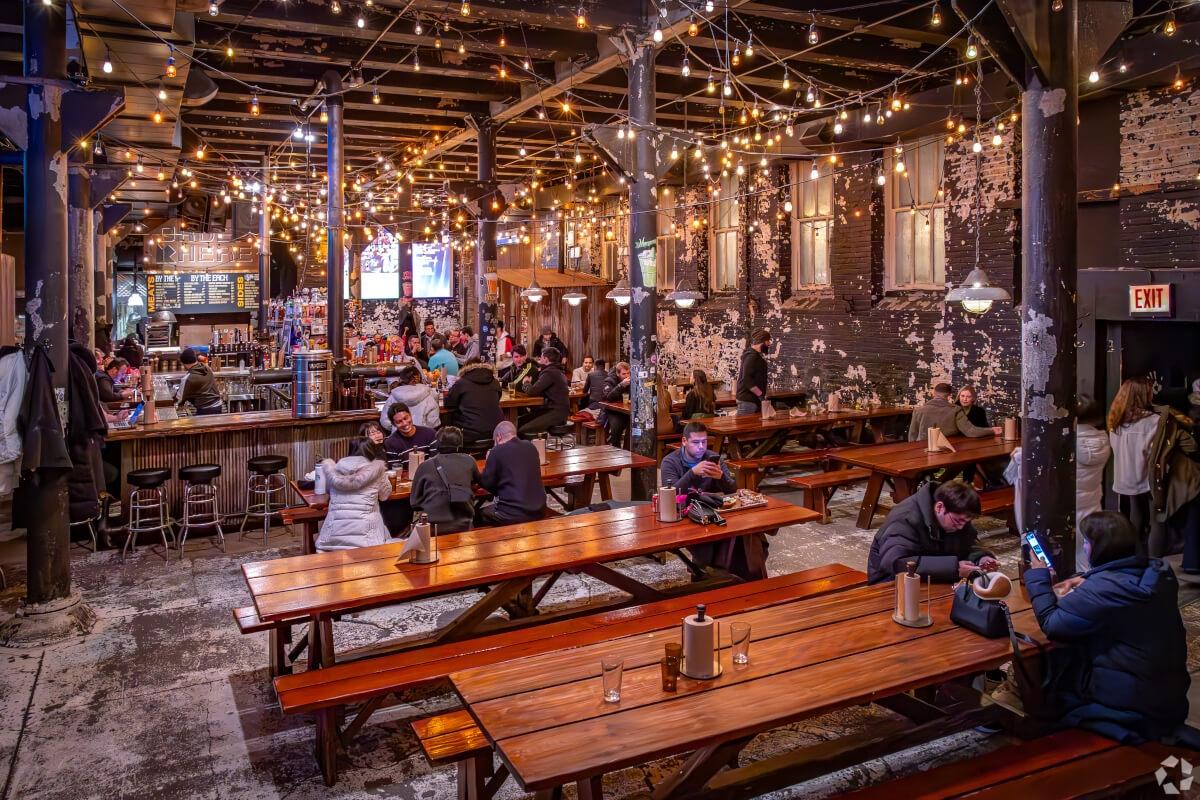
Chicago’s food scene is unmatched. The city’s diverse population brings equally varied dining options, from hot dogs to authentic Vietnamese.
Residents rave about food in Chicago. One resident on Niche.com said, “The food is probably some of the best in the country by far.” Another said the cultural diversity is what makes Chicago stand out: “The food is amazing! You get to try foods from many different cultures.”
Chicago’s deep-dish pizza is the star of the show, with inverted toppings and an iconic thick crust. One resident said, “No one does pizza like Chicago. Thinking of pizza outside of Chicagoland makes me cringe.”
Con: High cost of living
Like most big cities, living in Chicago can be expensive. The overall cost of living in Chicago is 14.4% higher than the national average. Rent is pricey here, too; the average rent in Chicago for a one-bedroom is $1,949/month, 20% higher than the national average of $1,625/month. This can make it harder to enjoy life in Chicago as a renter, especially if you’re moving to Chicago from a cheaper city.
However, Chicago is a relatively affordable big city when compared to New York and Los Angeles, the only U.S. cities more populous than Chi-town. LA’s cost of living is 50.2% higher than the national average, and NYC’s cost of living is 129.6% higher than the national average. To find an apartment that meets your budget, check out more affordable neighborhoods or the suburbs.
Pro: Easily navigable
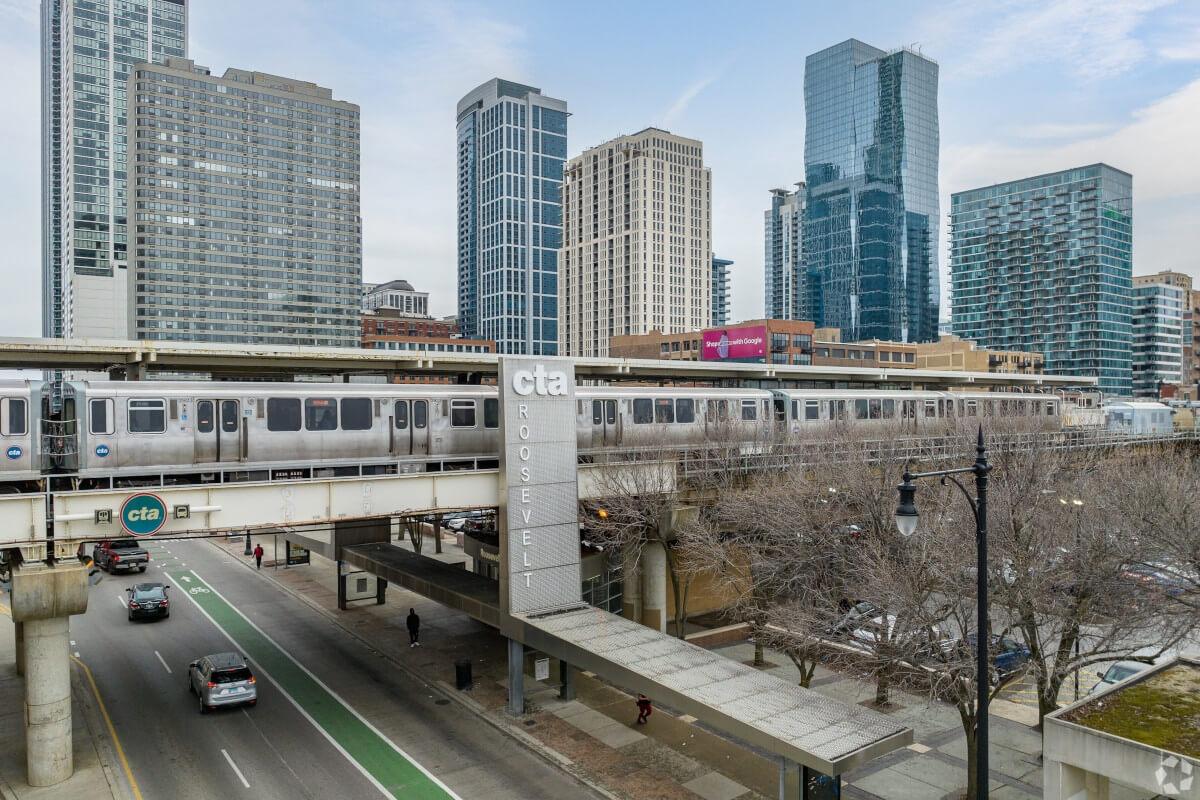
Residents love how easy it is to get around Chicago. The Chicago Transit Authority (CTA) has extensive bus and train routes, and areas closer to the city center are pedestrian- and bike-friendly.
One resident said, “The CTA makes it easy to get around without a car, and the city is relatively walkable in many areas.” Another resident said, “It is easy to get around because of the grid system and public transportation here is very good compared to other cities.”
You’ll still need a car to travel outside of Chicago and to more suburban areas with less public transportation, but the CTA system makes it easy to explore Downtown Chicago without having to worry about traffic and parking.
Con: High congestion
While the large population has created a culturally rich community, it can cause traffic and infrastructure issues. During rush hour, highways and public transit can get congested, making commutes frustrating.
One resident said, “Having a car can be convenient in Chicago, but the traffic can be bad at certain times of the day.”
Another resident said the same of the CTA system: “The public transit system, while extensive, can be unreliable at times, particularly during peak hours.”
Pro: Great neighborhoods
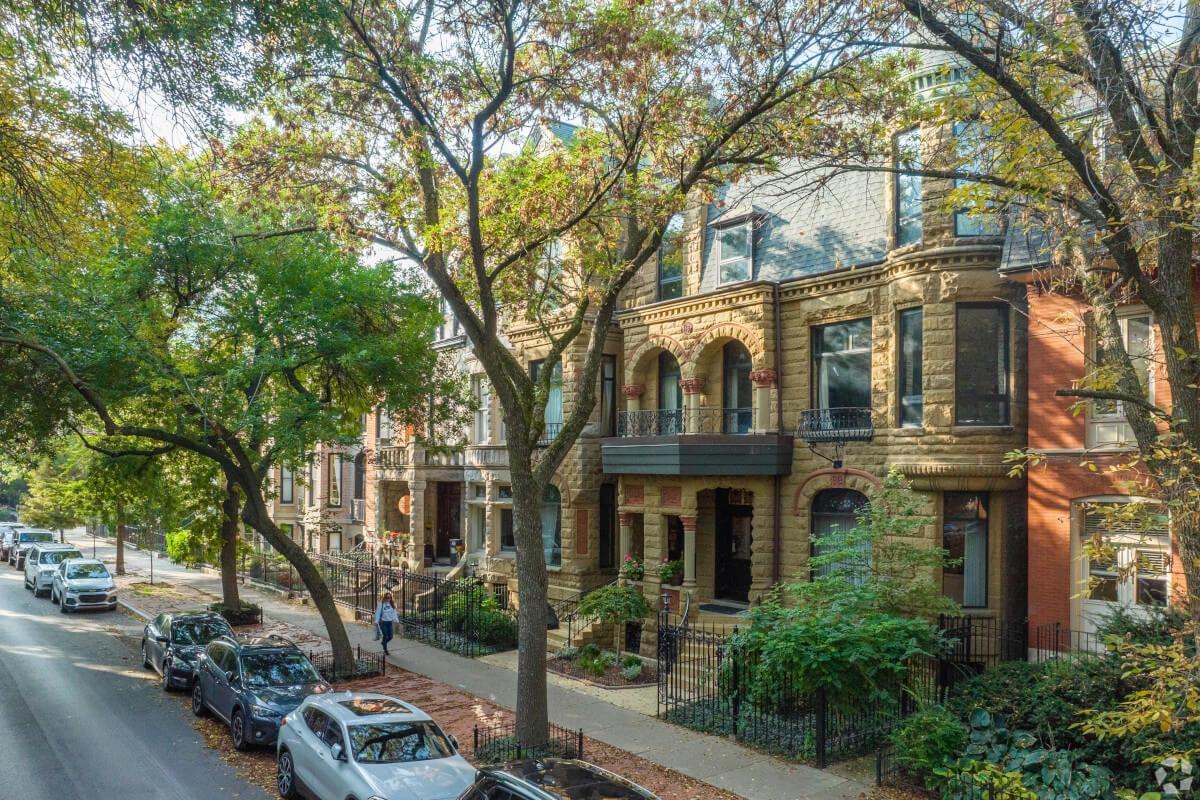
Chicago neighborhoods are diverse and range from fast-paced city living to quiet suburban streets. Places to live in Chicago vary depending on where you choose to live, but every neighborhood is within reach of the best things to do in Chicago.
Three popular neighborhoods in Chicago are:
- Lincoln Park: A walkable suburb north of Downtown Chicago.
- Pilsen: An eclectic, artsy community with great food and nightlife.
- South Loop: The historic heart of the city along Lake Michigan.
Con: Harsh winters
While Chicago has warm summers and beautiful autumns, winters in the Windy City can be frigid.
Between 2014 and 2024, Chicago’s winter temperatures averaged 28.9 degrees, about 17% lower than the national average winter temperature of 34.75 degrees. In addition to the cold temperatures, Chicago typically gets a total of about 38 inches of snow in the winter, according to the National Weather Service.
The low temperatures and snowfall can pose a challenge to commuters; walking or driving in the snow is difficult and often dangerous.
Things to Do in Chicago
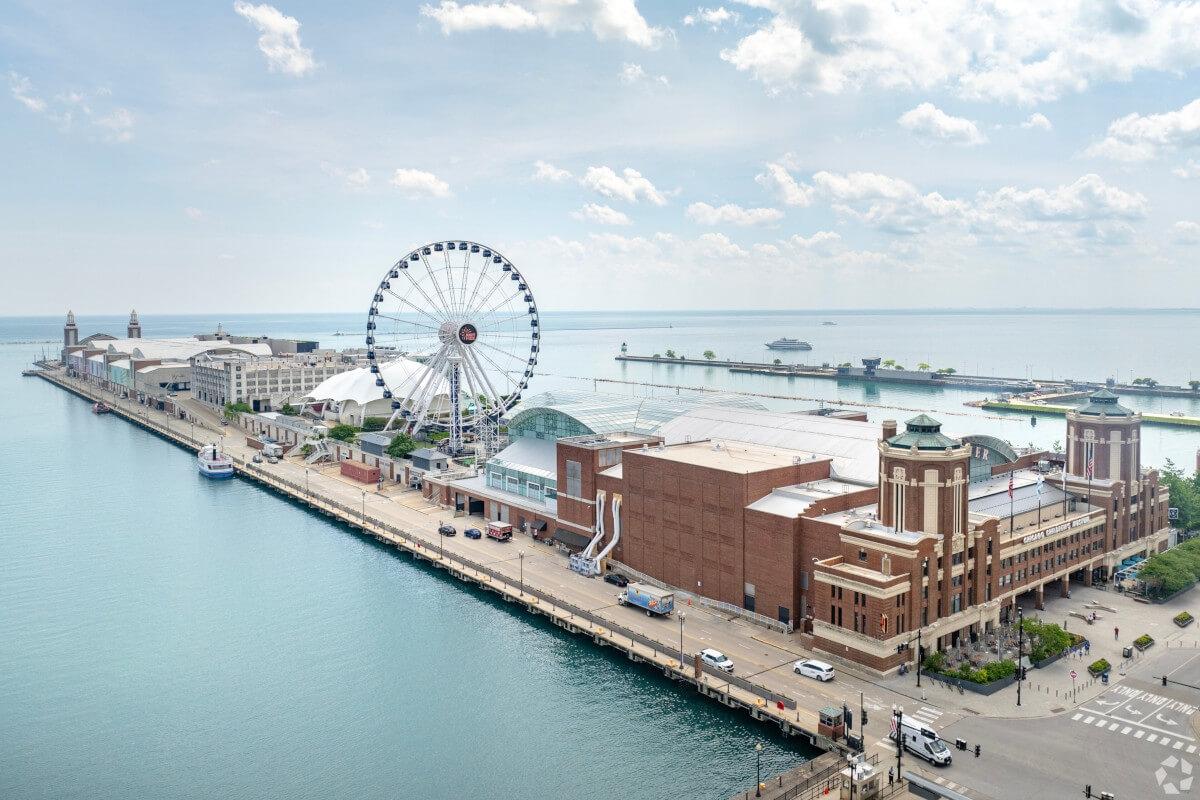
If you like baseball and good food, you’re in for a treat in Chicago.
- Outdoor activities: Chicago Riverwalk, Millennium Park, Lincoln Park, and Grant Park are all stunning public green spaces. The Chicago River and Lake Michigan offer cruise opportunities to residents and visitors.
- Cultural attractions: The Art Institute of Chicago, Museum of Science and Industry, Navy Pier, and Skydeck Chicago are must-see attractions. Catch a Cubs game at Wrigley Field, and don’t miss the Chicago River dyeing every Saturday before St. Patrick’s Day.
- Dining: Chicago is a foodie’s dream. Find a hot dog counter for a Chicago-style hot dog and a local pizza joint for deep-dish pizza. Stop by a hole-in-the-wall deli for an Italian beef sandwich, and make sure you load it up with giardiniera!
Ready to make the move?
If Chicago has caught your eye, take the next step with Apartments.com! Take a look at the most affordable neighborhoods in Chicago, or use our customizable filters to narrow your search by price, amenities, and floor plan.
Wherever you are and wherever you’re going, Apartments.com has the tools to help you find the perfect place.
FAQs
Is Chicago a good place to live?
Chicago is a good place to live for renters who want the big-city experience in the Midwest. If you can handle the cold weather, Chicago’s community, constant activity, and excellent food make it a fulfilling place to live.
What salary do you need to live in Chicago?
According to our rent affordability calculator, you’ll need an annual post-tax income of $59,300 to afford Chicago’s average rent of $1,949/month. This means a comfortable salary to cover housing, utilities, groceries, and entertainment would be around $78,000 to $80,000 annually, depending on your lifestyle.


